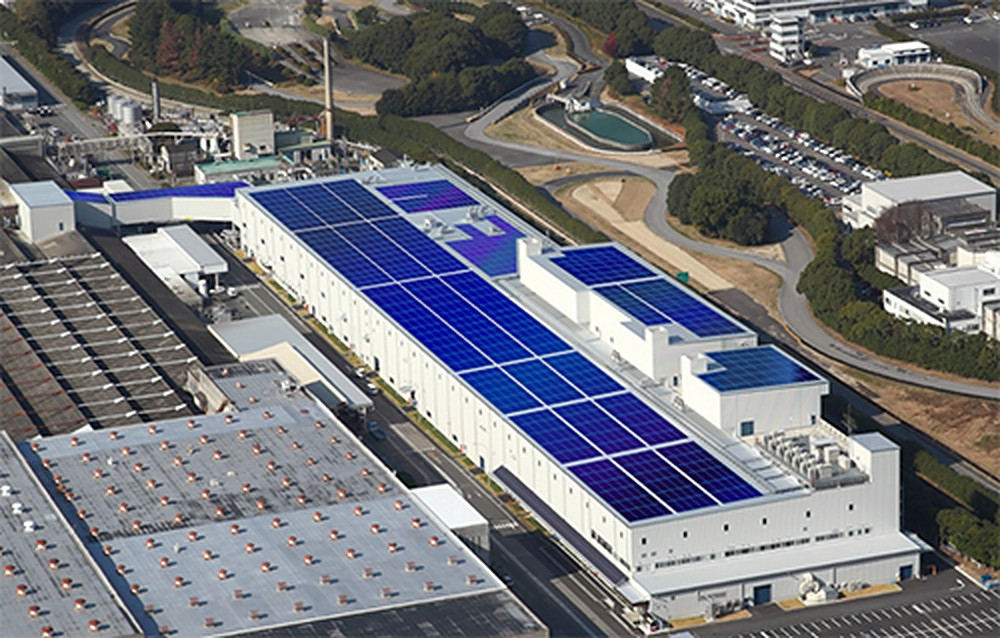Japan's Mitsubishi Corp. and Japanese utility Kyushu Electric Power Co. are teaming up with Tokyo-based battery supplier NTT Anode Energy (NTTAE), a subsidiary of Japanese telecoms group Nippon Telegraph and Telephone Corp. (NTT), to use grid-scale battery storage to reduce the impact of solar curtailment on the island of Kyushu, in southern Japan.
“By spring 2022, solar power curtailment has been carried out in Kyushu region, where solar power spreads even earlier in Japan,” Mitsubishi said in a statement. “Solar power curtailment has been carried out in several regions other than Kyushu, such as Shikoku, Chugoku and Tohoku area in Japan.”
Japan's Ministry of Economy, Trade and Industry (METI) issued its first “Power Crunch Alert” for the Tokyo Region in mid-March, after an earthquake hit the area.
“Under these unstable circumstances, effective utilization of excessive electricity should be one of the essential ways to secure stable power supply,” Mitsubishi explained. “Considering the situation, we have agreed into collaboration to establish a business model to utilize grid-scale battery storage for restriction of solar power curtailment and trading electricity in various electricity markets.”
The three companies plan to use grid-scale battery storage installed by NTTAE, in order to effectively use excess power and stabilize power supplies. The first 4.2 MWh facility will be deployed in Fukuoka and is expected to begin commercial operations in February 2023.
Popular content
According to Japan's Institute for Sustainable Energy Policies (ISEP), the island of Kyushu had around 10.5 GW of PV and 600 MW of wind capacity installed under the country's feed-in scheme by the end of 2021. The curtailment rate in the region for the entire year was estimated at around 4.4%, up from 3.8% in the preceding year.
“In addition, about 4 GW of nuclear power generation is in operation at any given time, and the VRE output curtailment is also greatly affected by the operation of these nuclear power plants,” said ISEP.
The energy sources are curtailed on the island in the following order of prioritization: thermal, biomass, solar and wind, hydroelectric, nuclear, and geothermal.
“The use of pumped hydro storage and storage batteries is effective, but further promotion and optimization of online control of VRE, review of the minimum output of thermal power generation, demand response and virtual power plants are required,” said ISEP.
This content is protected by copyright and may not be reused. If you want to cooperate with us and would like to reuse some of our content, please contact: editors@pv-magazine.com.



15 comments
By submitting this form you agree to pv magazine using your data for the purposes of publishing your comment.
Your personal data will only be disclosed or otherwise transmitted to third parties for the purposes of spam filtering or if this is necessary for technical maintenance of the website. Any other transfer to third parties will not take place unless this is justified on the basis of applicable data protection regulations or if pv magazine is legally obliged to do so.
You may revoke this consent at any time with effect for the future, in which case your personal data will be deleted immediately. Otherwise, your data will be deleted if pv magazine has processed your request or the purpose of data storage is fulfilled.
Further information on data privacy can be found in our Data Protection Policy.